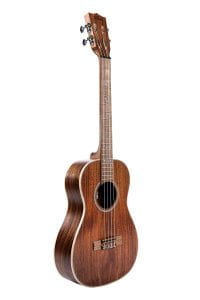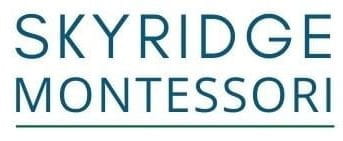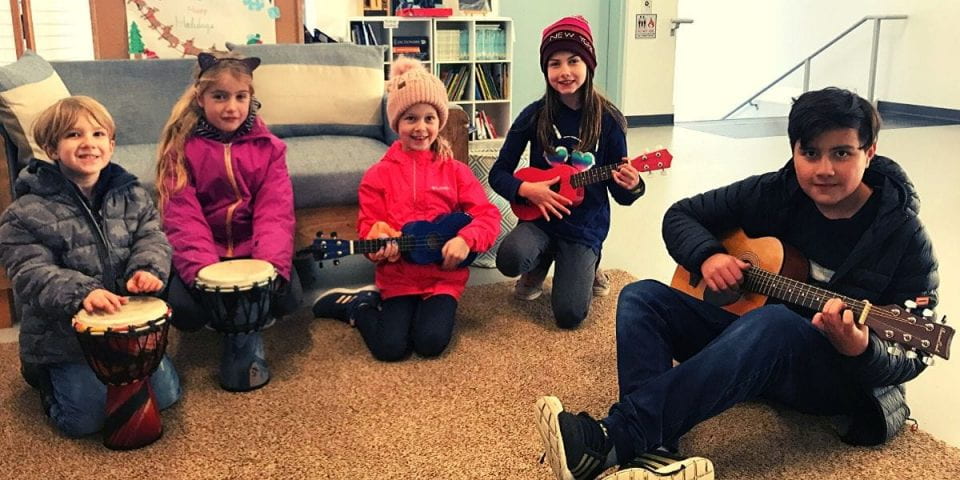Coming January 2020...Our Elementary Music Program!
 With an extensive background in music studies with the the Royal Conservatory of Music and an AMI Montessori teaching certificate, the amazing Ms. Janna is perfectly-suited to lead our music program in the New Year!
With an extensive background in music studies with the the Royal Conservatory of Music and an AMI Montessori teaching certificate, the amazing Ms. Janna is perfectly-suited to lead our music program in the New Year!
Students will expand their musical knowledge in fun and creative ways through exploratory activities involving rhythm, notation, music history and culture, timbre and instruments. Continue reading below as Ms. Janna shares the specifics of the program...
Ukuleles
With the start of ukulele exploration in the Kindergarten Casa classes, students further develop their Soprano ukulele skills in Lower Elementary, and then with the Baritone ukulele in Upper Elementary.

In the earlier years, Casa students learn to create strumming patterns and master basic chords while elementary students expand upon their major and minor chord knowledge, learn new and more challenging strumming patterns, and even learn how to play individual notes on the ukulele by reading music from the staff.
How are the Soprano and Baritone ukuleles different? The baritone and soprano differ in their tuning. Whereas the Soprano ukuleles are tuned to standard ukulele tuning (G-C-E-A), the Baritone, in contrast, is tuned to the same upper four strings as the guitar (D-G-B-E). As a result, the Baritone provides a new, unique approach to the ukulele and also provides an excellent precursor to learning the guitar!
Rhythm and Notation
In learning music, the goal is not only to have the ability to play music, but also to understand and read music, similar to how we approach language and reading. Through the use of rhythm cards and uniquely crafted group games and activities, students discover the inner workings of music and how it applies to the instruments that they are playing – whether it is exploring hand drums or playing the ukulele or tone bars.
With a solid understanding of rhythm in place, children move on to learn notation, which is the ability to read notes on the musical staff. Using the Movable Staff Montessori materials, students have the opportunity to learn how to read music and, eventually, create and illustrate their own short compositions!

Music History and Culture
Studying music history provides an extension in both the music and cultural areas in the classroom. By studying musical periods and the composers who created masterpieces, students learn how music has changed and developed throughout history.
In learning the inspiring, interesting and even funny stories about the great composers, children achieve an understanding in how music has changed and shaped throughout the course of history to become what it is today!
As a music teacher, my goal is to inspire, so that in weeks off, children have the opportunity to further research and study music.
Timbre
In studying musical selections, we explore the instruments used to create famous compositions. This includes learning about the make up of the orchestra and its different parts—strings, percussion, brass, woodwinds, and the conductor—and learning to identify the differences between the instruments within these groups. The use of instrument cards and ear training games and activities creates a fun way to further train the ear.
Group Instruments
One of the most exciting ways to showcase musical knowledge in the Elementary setting is through instruments such as hand drums, rhythm sticks, parachutes, and more! Throughout the year, we explore rhythm and expression through different instruments and props using song, storytelling, and games.

